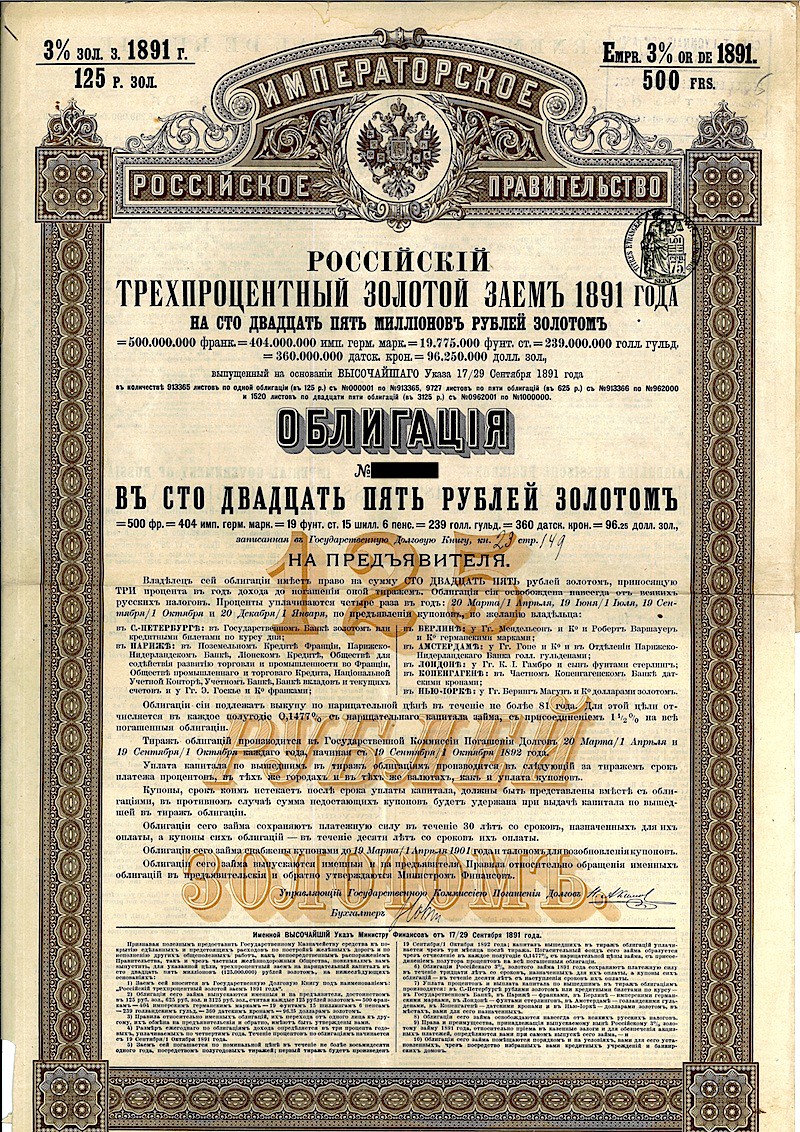The Euro-fundamentalist
National Review, February 21, 2019
The caustic reaction of EU Commission president Jean-Claude Juncker to a series of Brexit votes in the British parliament provoked a tweet from one Conservative Brexiteer describing Juncker in anatomical language unprintable in this magazine and — oh dear — of continental origin. Her fury was proof of sorts that Juncker is in the right job.
Jean Monnet, the most important founding father of what evolved into the EU, believed that only a united Europe could assure the continent’s peace and prosperity. In the absence of popular enthusiasm for such a union, it would have to be built, Monnet once remarked, “by zig and by zag,” obliquely, quietly, and by misdirection. “Of course,” observed Juncker years later, “there will be transfers of sovereignty. But would I be intelligent to draw the attention of public opinion to this fact?”
Sovereignty cannot be transferred to an idea. Monnet’s genius lay in establishing the essence of a government — a civil service (the commission), a court, and the precursor of a parliament — long before there was any state for it to run. The commission’s objective was to use the powers it had been given and then accumulate more, often with the connivance of politicians mistily supportive of “Europe” but unaware of the deeper significance of what they were agreeing to. As Juncker explained in a 1999 interview: “We decide on something, leave it lying around, and wait and see what happens. If no one kicks up a fuss, because most people don’t understand what has been decided, we continue step by step until there is no turning back.”
The three words — “ever closer union” — included in the EU’s defining treaties meant what they said. There is no reverse gear.
Two genuinely great Commission presidents were Walter Hallstein (1958–67), who set Monnet’s machinery in motion, and Jacques Delors (1985–95). Under Delors, the pace of integration picked up noticeably, not least with the establishment of the “single market” and the creation of a clear path to a shared currency. Since then, the principal task of the EU Commission’s president has been to steer rather than set the course, with plenty of direction — when it came to larger initiatives — from national leaders. Thus the Lisbon Treaty, the notorious pact that bypassed voter rejection of a proposed EU constitution, owed more to Angela Merkel than to José Manuel Barroso, then the president, a pattern repeated when the euro-zone crisis erupted in 2010. Merkel counted in a way that Barroso did not.
Juncker, too, counted. At the time, he was not only Luxembourg’s prime minister, a position he had held since 1995, but also its treasury minister. It was in that second capacity that he chaired the Eurogroup, a forum for the euro zone’s finance ministers, until 2013. He thus had a key role in the successful defense of the currency union against the financial pressures that could have fractured or even shattered it, a defense that, in its early stages, included — as his French counterpart admitted — violating “all the rules”: “The Treaty of Lisbon was very straightforward. No bailout.” What mattered more was keeping the euro zone intact, an example of how, throughout his career, Juncker has combined a certain — uh — flexibility with an unyielding dedication to ever closer union.
To be sure, the latter has been good for his career. The EU has handed Juncker a playing field that is far bigger than his native Luxembourg (which has a population of around 600,000). But his country’s geography and history, and, to the extent that we know much about it, the famously secretive Juncker’s background, are all reasons to think that his Euro-fundamentalism is sincere.
Luxembourg has three official languages, French, German, and Luxembourgish (a primarily Germanic language). It is lodged between Belgium and, more uncomfortably, France and Germany, both of which have lodged in it in the past — Germany, most recently, in both world wars. Luxembourg was incorporated into the Reich in 1942. Under the circumstances, it is unsurprising that Luxembourg was a founding member of what became the EU. Adding a personal twist, Juncker’s father, no Nazi, was drafted into the Wehrmacht and later taken prisoner by the Soviets. His father-in-law, by contrast, collaborated actively with Luxembourg’s German occupiers. Juncker was born nine years after the war, but his conviction that a federal Europe is a bulwark against a return to the horrors of the past makes at least psychological sense.
Juncker’s appointment to the Commission’s presidency in 2014 was a reminder that, however much Barroso may have been reduced to a secondary role during the euro-zone crisis, integration ground on. Juncker’s predecessors were chosen by the leaders of the EU’s member states, but this procedure was revised by the Lisbon Treaty with the addition of a proviso that they should “take into account” the results of elections to the EU’s parliament. This reliably federalist body, representing a European “demos” that doesn’t exist, used those words to try to snatch control of the nomination from the member states, asserting that the new president should be picked by the party that could summon up the necessary backing in the European parliament. That put Juncker, the nominee of the European People’s party, the parliament’s center-right bloc, in the pole position. Hungary’s Viktor Orban and, fatefully, U.K. prime minister David Cameron (backed by some of the more excitable sections of the British press) came out against Juncker. References in the Sun to Juncker’s family links to the “Nazi regime” were unlikely to turn the Luxembourger into an Anglophile.
Cameron and Orban distrusted Juncker’s Euro-fundamentalism. There were other concerns, too, and they were shared beyond the Anglo-Hungarian awkward squad even if those who felt them were not prepared to step so far out of line as to vote against Juncker. He was tainted by the memory of Jacques Santer, the last Luxembourgish commission president (handy intermediaries between France and Germany, there have been three in all), whose term ended in ignominy when he and his entire commission resigned amid widespread criticism and credible accusations of corruption against one of his team.
Juncker had served in government under Santer and had succeeded him as prime minister: Was he cut from the same cloth? Other worries included Juncker’s involvement in a scandal over the activities of — don’t laugh — Luxembourg’s intelligence service, which eventually led to his resignation from the premiership. Then there was his reputed love of the bottle. Wading through the euro mess might have driven anyone to drink, but it was a destination where Juncker had long since arrived. Allegedly.
None of this can have bothered Angela Merkel overmuch. She threw her support behind Juncker, and that, as usual, was that. Juncker took office in November 2014.
In normal times he would have been a suitable enough choice, amenable to accommodating the EU’s dominant Franco-German axis but otherwise devoted to the discipline of “ever closer union,” if, sometimes, rather late in the day. Almost immediately after assuming the presidency, Juncker came under fire when leaked documents showed how Luxembourg’s enviably relaxed tax regime had become even more welcoming during his years in office. Evidently shocked, shocked, by what had been going on, Juncker accepted only “political” responsibility for these “problems,” which could, he argued, be eased by the imposition of a “common tax base” across the EU of a type, further leaks a few years later revealed, he had previously opposed. Juncker, a climate warrior with a fondness for private jets, contains multitudes.
But these have not been normal times. Merkel’s decision to fling open Germany’s doors in September 2015 (and her subsequent demand that some of the new arrivals be relocated elsewhere in the EU) gave an additional boost to a populist revolt that had already been gathering momentum mainly, but not exclusively, in some of the countries most brutally affected by the procrustean economics of monetary union. Making matters worse still, even if they (for the most part) affected the U.K. only indirectly, the twin currency and migration crises reinforced many Britons’ belief that the EU was not only poorly run but also a menace, toxic sentiments with a Brexit vote in the offing. Even so, had Brussels demonstrated a little more flexibility in its negotiations with David Cameron ahead of the referendum, the Leave campaign, which secured only a 52–48 majority, would have lost.
Not all the blame or credit — far from it, in fact — for the referendum result lies with Junker. Nevertheless, his unbending loyalty to both Angela Merkel and ever closer union played a part in helping the Brexiteers past the winning post. To a lesser degree, the similar approach he is taking to the terms of Britain’s withdrawal is contributing to what is likely to be a damaging relationship with the U.K. after the divorce. Away from Brexit, Juncker’s robotic insistence that the answer to the EU’s wider problems — from its troubled currency to migration — is “more Europe” is stoking populist anger across the bloc, with possibly interesting implications for the EU’s parliamentary elections in May.
Juncker came into office promising a “highly political” commission, but, although he can boast of some technocratic achievements — such as this year’s trade deal with Japan — his political record, scarred by that rising populist challenge and, above all, Brexit, contains little to brag about. Brexit will, of course, remove the British brake on ever closer union, but that silver lining will accrue to a future president. The cloud is all Juncker’s.
A tin ear (fêting Marx’s 200th birthday was not a way to win over restless Eastern Europeans) and embarrassing public displays (his sporadically strikingly unsteady gait has, however, been blamed by loyal officials on sciatica rather than alcohol) have all contributed to an impression of growing disengagement from a job Juncker recently described as “hell.” All this has made all the more credible allegations that he has fallen under the sway of a German puppet master, Martin “The Monster” Selmayr, the authoritarian Eurofundamentalist who was until recently his chief of staff. These fears were exacerbated when, in a charade rushed through in a few minutes and relying on a legally questionable technicality, Selmayr was appointed the commission’s secretary general (its top bureaucrat) in February 2018. Any opposition at the top of the commission was — it is claimed — muffled by talk of increased retirement benefits. After looking into the matter, the EU’s ombudsman expressed serious reservations last year. These were confirmed in a final decision issued on February 11: “Mr Selmayr’s appointment did not follow EU law, in letter or spirit, and did not follow the Commission’s own rules.” Meanwhile, in December, a vast majority of the normally docile European parliament had passed a resolution calling for Selmayr’s resignation. None of this has made any difference. Juncker will step down when his term ends later this year, but the Monster will continue to preside from his new lair.
This shady, secretive, and successful maneuver, which the EU’s parliament described as “coup-like,” is yet more evidence that the EU is sliding ever further away from democratic control. Despite the current turbulence, it will probably continue to do so, and there will be no shortage of Junckers to help it on its way.












